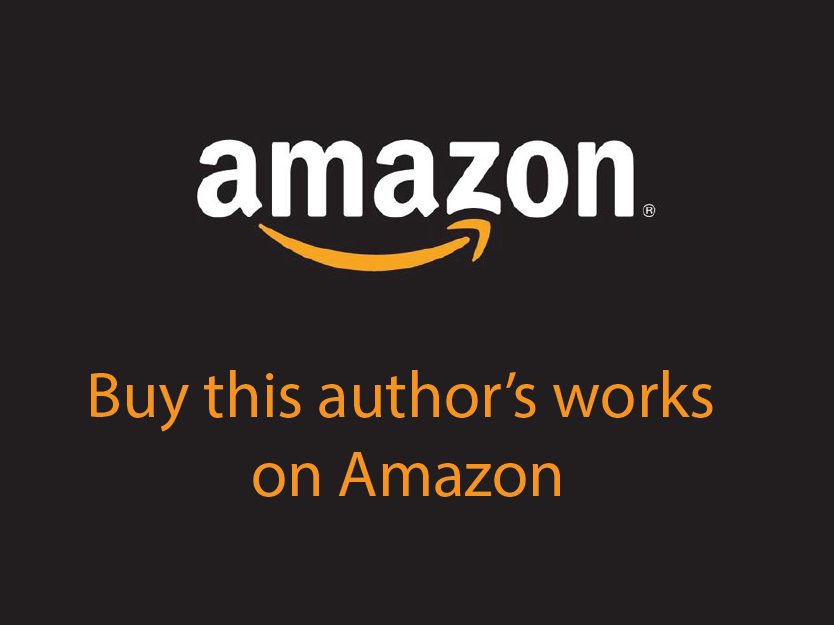Pharmaceutical corporations may have their headquarters in either the United States or Europe, and depending on where they manufacture their medications or medical devices, tariffs may play an important role in pricing. Many Americans have believed that the pharmaceutical industry is strongly ensconced in specific states in the United States, but that’s not the case.
For example, where do we get all of our aspirin tablets that we take for a variety of ailments or pain? Despite the brand on the packaging, aspirin is not a US product, so where are these tablets manufactured? The Bitterfeld Supply Center in Bitterfeld-Wolfen, Germany, is one of the biggest aspirin production plants internationally and is still used by Bayer. Other medications may include components made in Spain as well as those from other nations, including China.
For example, with an annual production of 120 billion pills, China provides the vast majority of the aspirin sold in North America. Omeprazole and simvastatin are two other commonly used medications that are frequently imported from India.
Regarding health, there are many options outside of conventional treatment. These include complementary and alternative medicine (CAM). Cancer patients may find relief from nausea, pain, and exhaustion, as well as from the worry and anxiety that comes with their treatments, when they take part in alternative means.
On the other hand, when modern medicine fails to alleviate a patient’s symptoms — for example, in the case of advanced cancer or emerging infectious diseases — people turn more to traditional treatments. Also, most people think that traditional medications are harmless because they are all-natural. It is standard practice to combine herbs with other herbs, prescription or OTC pharmaceuticals, or other drugs. Therefore, this may not be the case and may cause additional medical problems.
Traditional medicine is often preferred because it is less expensive, aligns better with the patient’s ideology, addresses concerns about chemical (synthetic) side effects, provides more personalized care, and makes health information more accessible to the public. Herbal medicines are primarily prescribed to treat non-life-threatening, long-term health issues rather than acute, life-threatening ones.
If tariffs enter the picture in terms of pharmaceuticals and the pricing is also increased, there may be a resurgence of the use of more traditional forms of medications. Some major pharmaceutical firms have indicated that they will build new production facilities in the United States to avoid tariff-increased prices.
The Continuing Role of Herbal Medicines
A wide range of acute and chronic diseases, as well as a number of maladies and difficulties, including but not limited to cardiovascular disease, prostate issues, depression, inflammation, and immune system boosters, are treated with the use of herbs. In China, traditional herbal treatments were a key component of the plan to control and cure SARS in 2003, and in Africa, a flower has been used for decades to treat wasting signs caused by HIV.
In Europe, herbal medicines are also widely available; Germany and France sell more herbal over-the-counter medicines than any other European country. In most industrialized nations, herbal teas, essential oils, and extracts are offered alongside conventional medications. As researchers continue to explore the world of traditional medicines, they have found some crucial herbal ingredients that are amenable to new pharmaceuticals.
And, traditional medicines have been a part of the Native American tribes’ cultures, where the use of herbs was the basis for many health issues. For pain relief, Native Americans chewed willow bark. Aspirin, the most widely used medicine in the world, was discovered in 1897 using salicin, the main element in the bark. (Salicin is a building block of salicylic acid, the main component of most over-the-counter shampoos and treatments for acne and dandruff.)
Native Americans understood the rationale behind vaccines, which is to prevent disease by exposing the body to a weakened form of the infectious agent. According to Dr. Sophie E. Neuner, a research associate at the Johns Hopkins Bloomberg School of Public Health, indigenous communities sometimes self-inoculate by taking tiny doses of drugs, which help to mitigate the negative effects of higher doses.
Therefore, there has always been a place for traditional medicines, worldwide and, if tariffs present a financial burden to some groups of people, the tendency will probably be to try traditional medicines once again. That is not to say that there will not be a continuing use of these medicines, but it is more prevalent these days to use prescription pharmaceuticals rather than herbal remedies.
I know that in my family, my grandfather, who was a pharmacy intern at one time, did provide us with traditional cures for fevers and upset stomach. Will tariffs turn the tide from pharmaceuticals to traditional medicines? The question is waiting to be answered.





